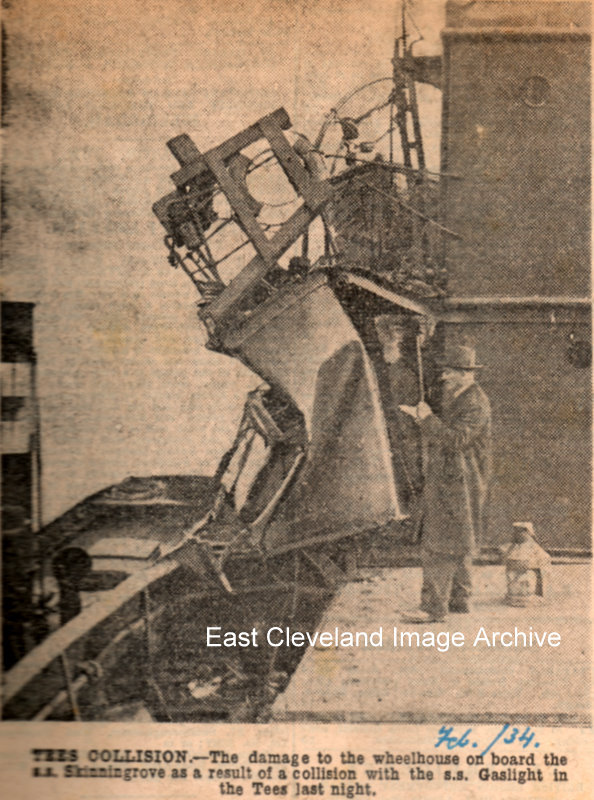
I wonder if that is what the captain of the ship ’Gaslight ’said in February 1934 when it went into the starboard side of the bridge deck of S.S. Skinningrove at Middlesbrough docks.
Image courtesy of a Northern Echo newspaper cutting.
|
|
||
 I wonder if that is what the captain of the ship ’Gaslight ’said in February 1934 when it went into the starboard side of the bridge deck of S.S. Skinningrove at Middlesbrough docks. Image courtesy of a Northern Echo newspaper cutting. 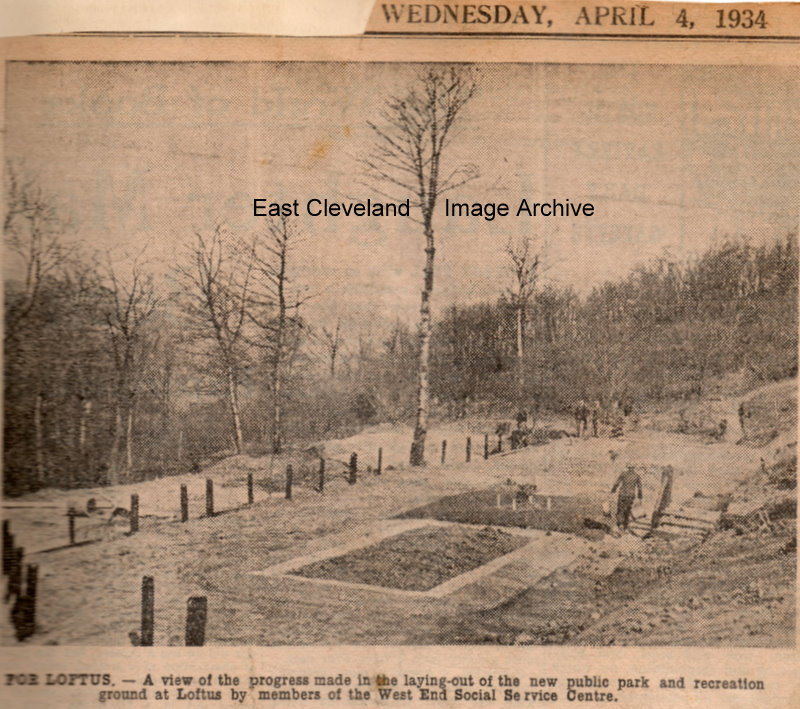 A piece of land on Mill Bank was let for a nominal fee by the Marquis of Zetland and the park was made by 80 volunteers from the Loftus West Road Social Centre, one of the schemes for relieving the monotony of the unemployed, transforming 3 acres of wooded land into a beauty spot, the park and children’s recreation ground is hoped to have swings, a sand pit and other attractions. Images are from our cuttings file (in the main from the Evening Gazette), thanks to Maurice Dower for the update. 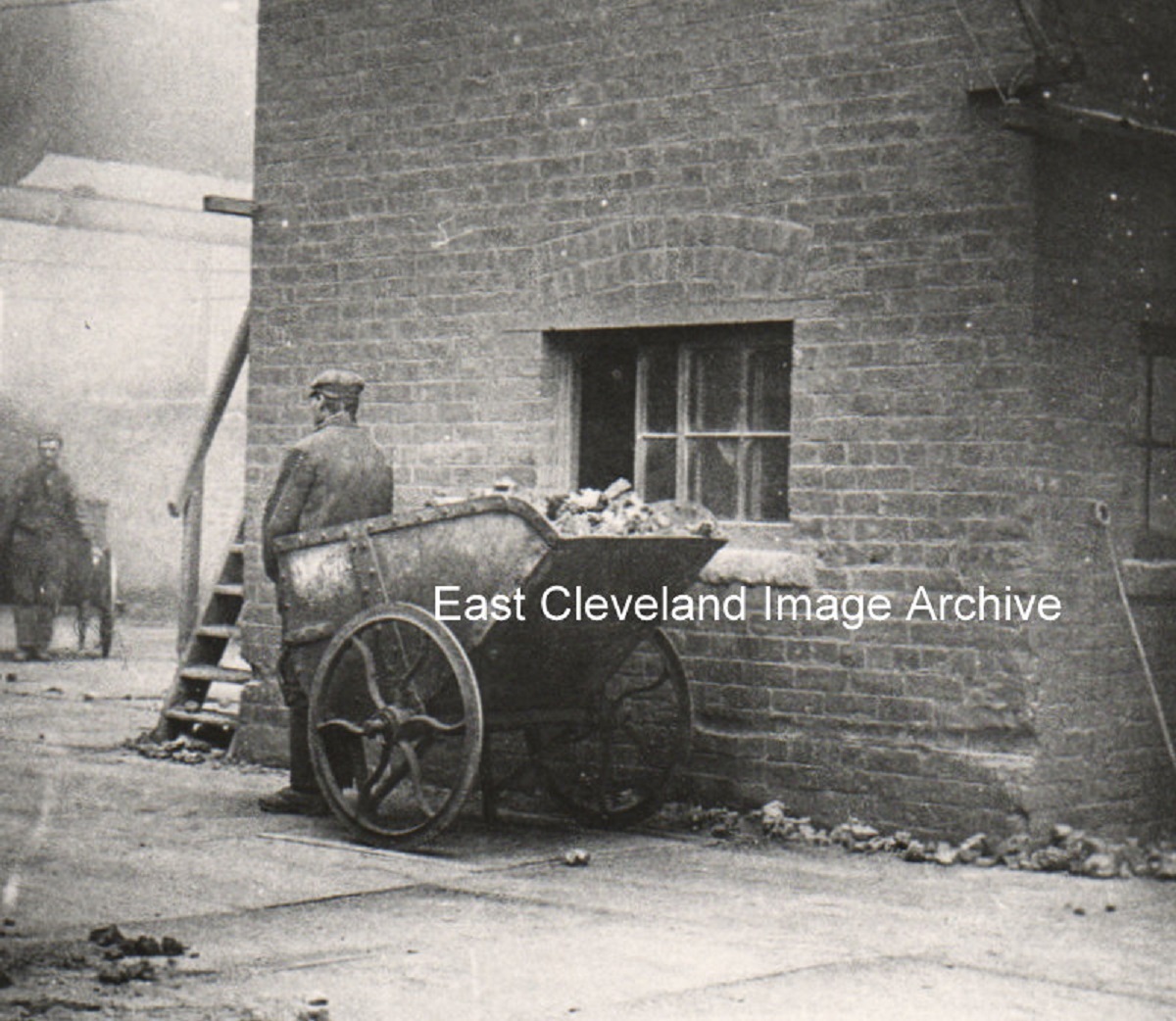 Dating from about 1914 when this photograph was taken; a mine barrow waits near the weigh cabin. Following the comment from Robert Silkstone: “I just thought it was worth noting that this picture is not of a mine barrow. It is more important as these tubs are rarely photographed at ground level. They are the tubs that were taken by men who hand charged the blast furnaces before the conveyor system was introduced. The shape of the tub is deleberate to allow charging at the top of the furnace. This is quite a rare and interesting picture to a historian as I am.” Eric Johnson tells us: ’At Skinningrove ironworks the term ”mine” refers to the ironstone carried in the barrows which came from the company’s Loftus mine, this stone was roasted in kilns and the calcined ironstone was taken from the kilns to the weigh machine cabin. Then weighed and the barrows hoisted to the furnace top, emptied and returned. Coke and limestone were also carried in the barrows, but they were always known as ”mine barrows”.’ Steven Partlett has added: ” I remember these as being termed “Barrows”. My father worked these after Loftus mine closed and he moved to the Ironworks. What is not obvious in these images is that the ground where they operated was completely covered in plates which were either Steel or Iron. The barrows had a knife edged wheel, similar to a flanged rail wheel. The combination reduced friction, and made it easier to push the loaded barrows. The area was known in the works as “the plates” because of the feature.” Image and information courtesy of Eric Johnson, also thanks to Robert Silkstone and Steve Partlett for the updated information. 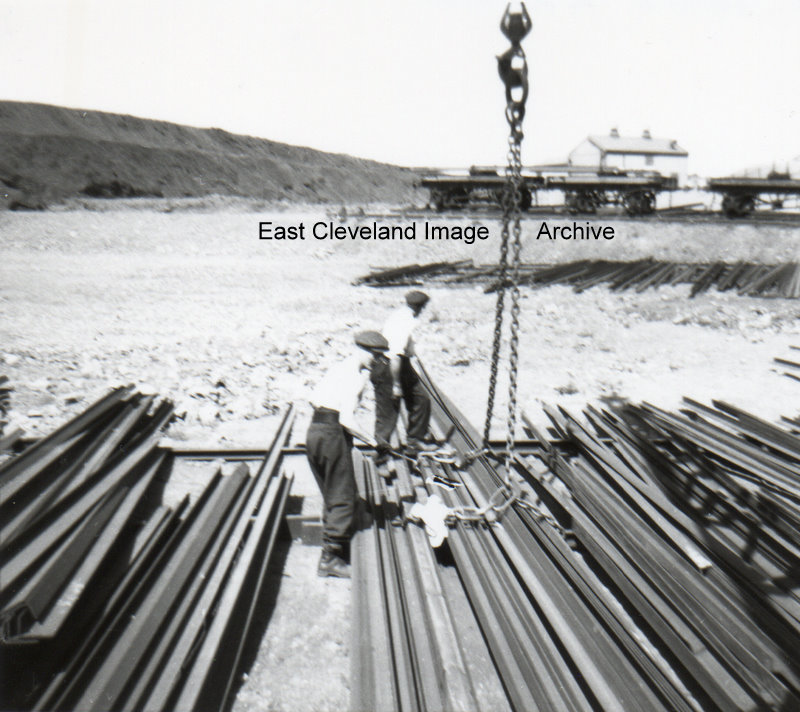 Skinningrove stockyard where the men are slinging angles, that’s what the caption said on this photograph. Alan Franks comments: “This looks like it is the ore tips where odds and ends of various steel sections were stocked. I was a stock taker here for a few months in 1960 before I moved to the 18 inch mill. I do not recognise the two slingers, the slinging chains are from a steam powered jib crane. In the background is the old basic slag building. Image courtesy of Eric Johnson, thanks to Alan Franks for the update. 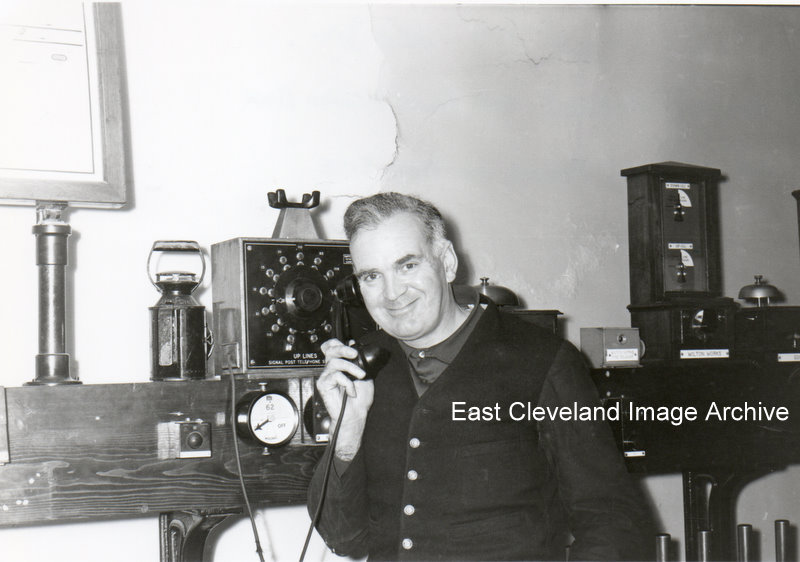 This gentleman Mr Edward “Ted” Morgan pictured inside Todd Point railway signal box is the source of many of the photographs on this site. Image courtesy of Ted Morgan, via Eric Johnson. 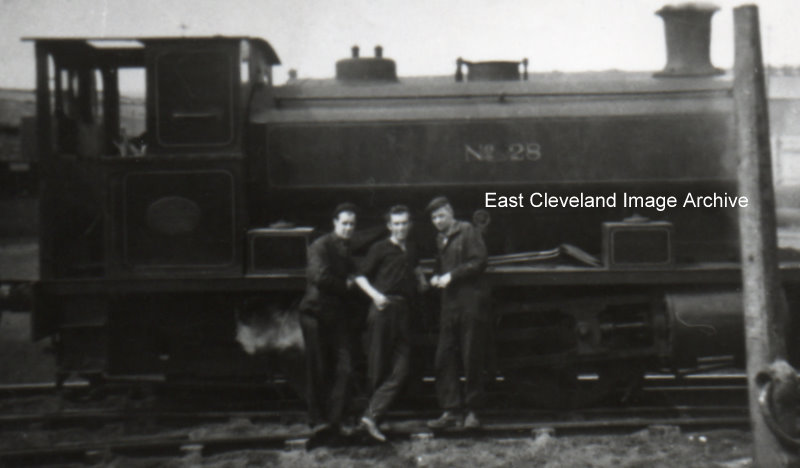 Derek Ditchburn, Fred Bibby and Richard (Dick) Gittins are the three men leaning on the engine.
We now have two copies of this postcard with views of Saltburn, one posted on 11th August, 1914; the other 26th August 1916. Interestingly the second does not mention The Great War. Perhaps it was a refreshing change to admire the wonderful views of Saltburn. Image courtesy of Tina Dowey and Iris Place. 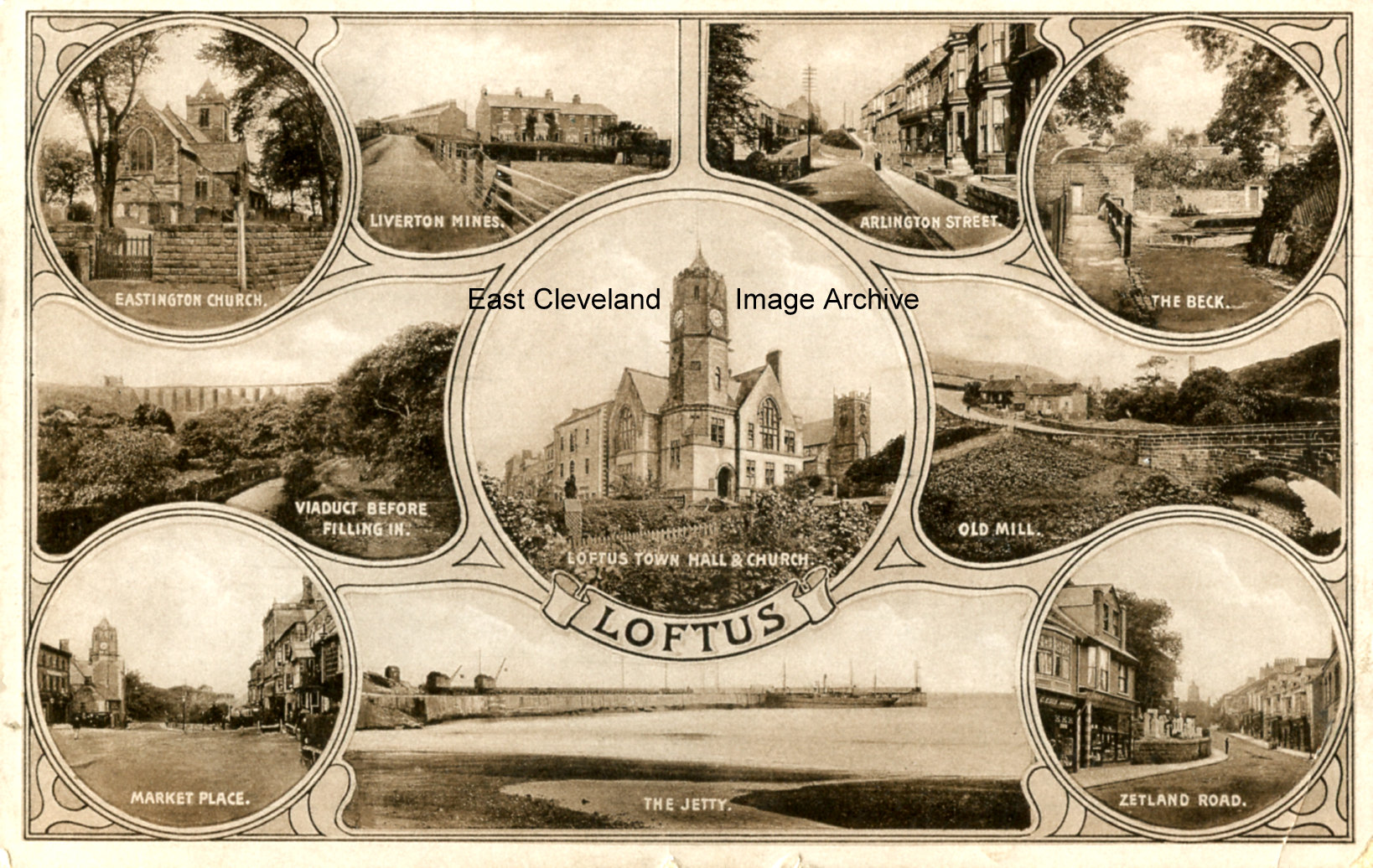 There is a similar card to this on site already and I had to look closely to make sure that it wasn’t the same. Some of the images on this one are different from those on the other. Image (from a postcard posted in 1913) courtesy of Tina Dowey. 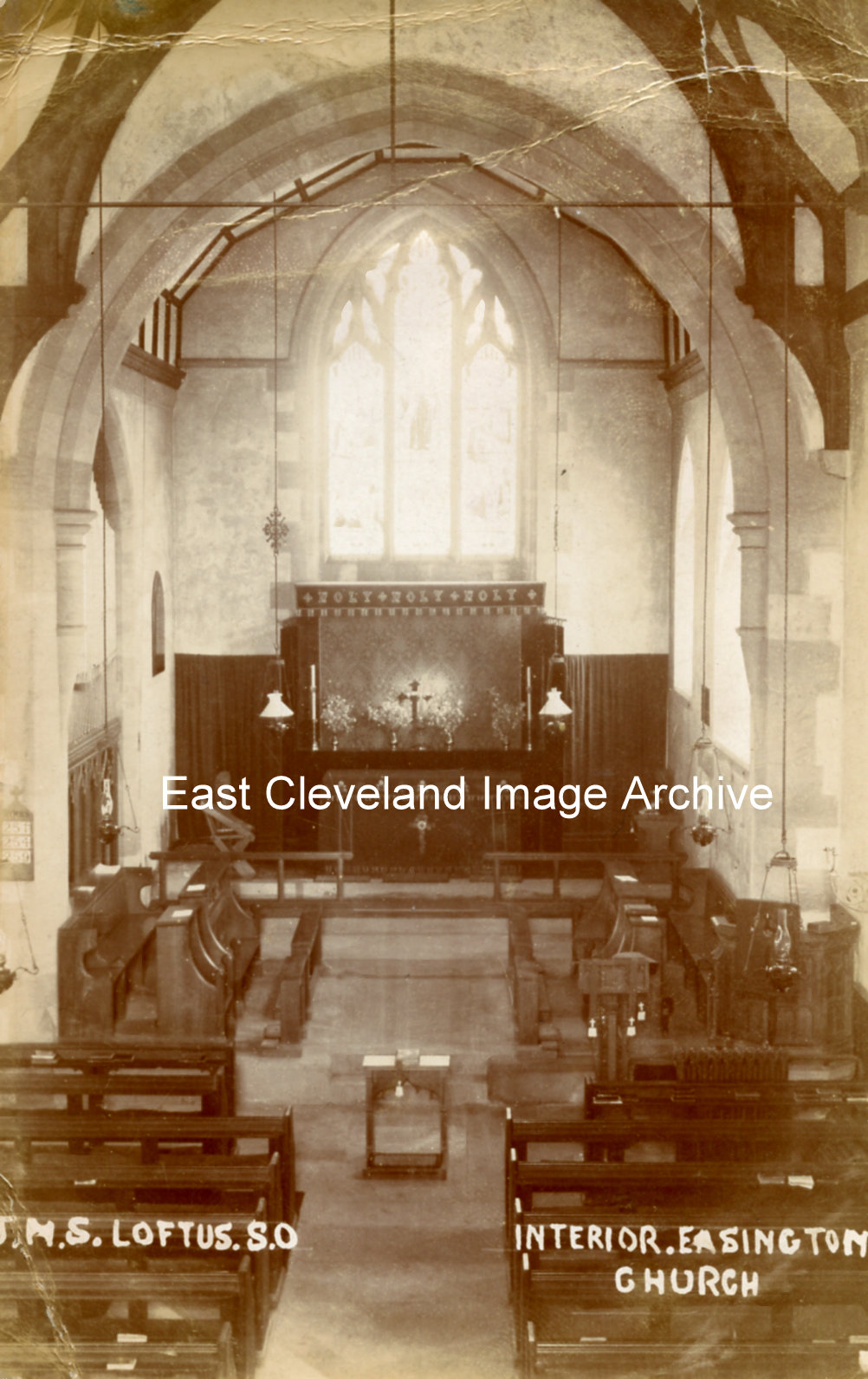 This view showing the interior of Easington Church is from a post card posted in 1908. Image courtesy of Tina Dowey. 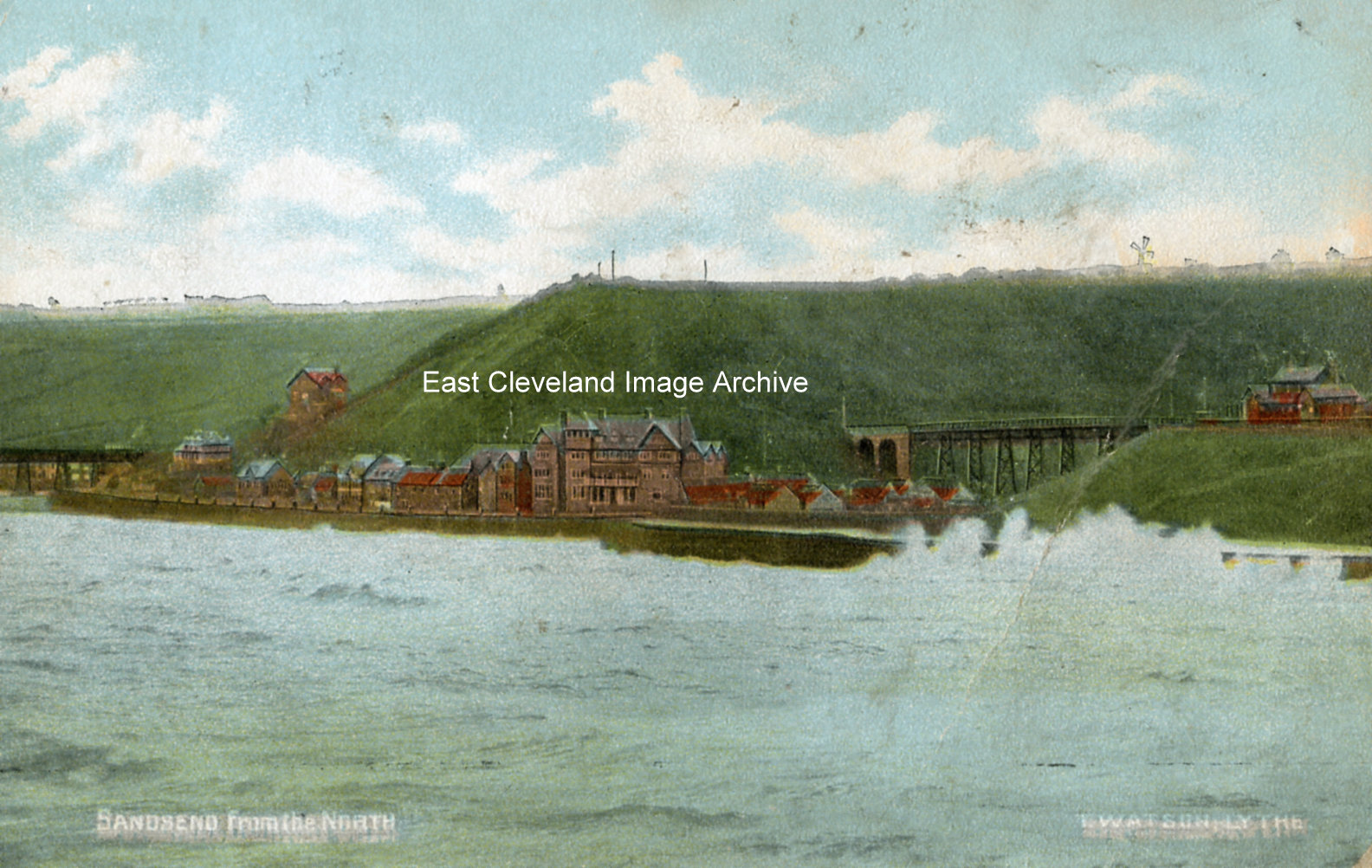 This view of Sandsend (from a postcard by Tom Watson of Lythe) could have been taken from a boat. The alum house buildings can be seen on the site of the present day car park, and the railway viaducts and station are clearly shown. David Richardson advises: “From the angle it would of been taken from somewhere towards Sandsend Ness. Image courtesy of Tina Dowey, thanks to David Richardson for the update. |
||
Recent Comments